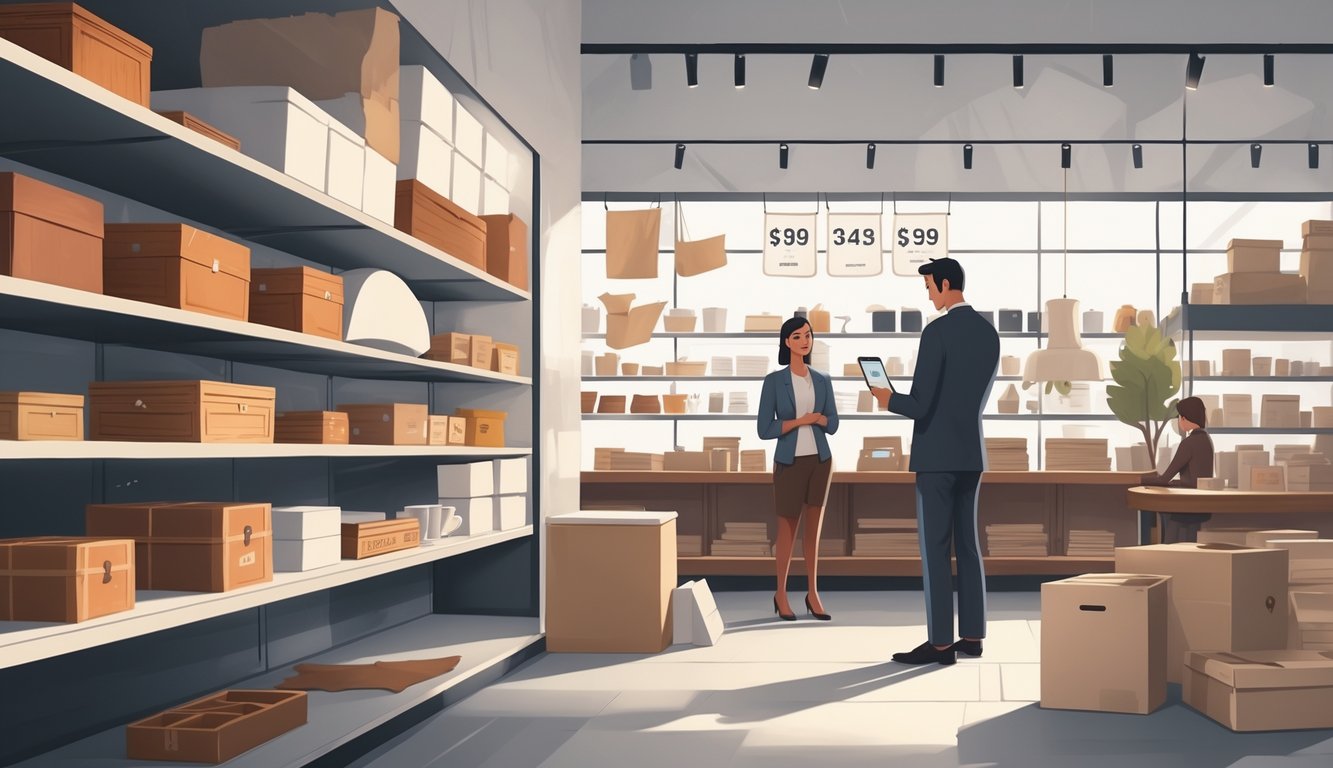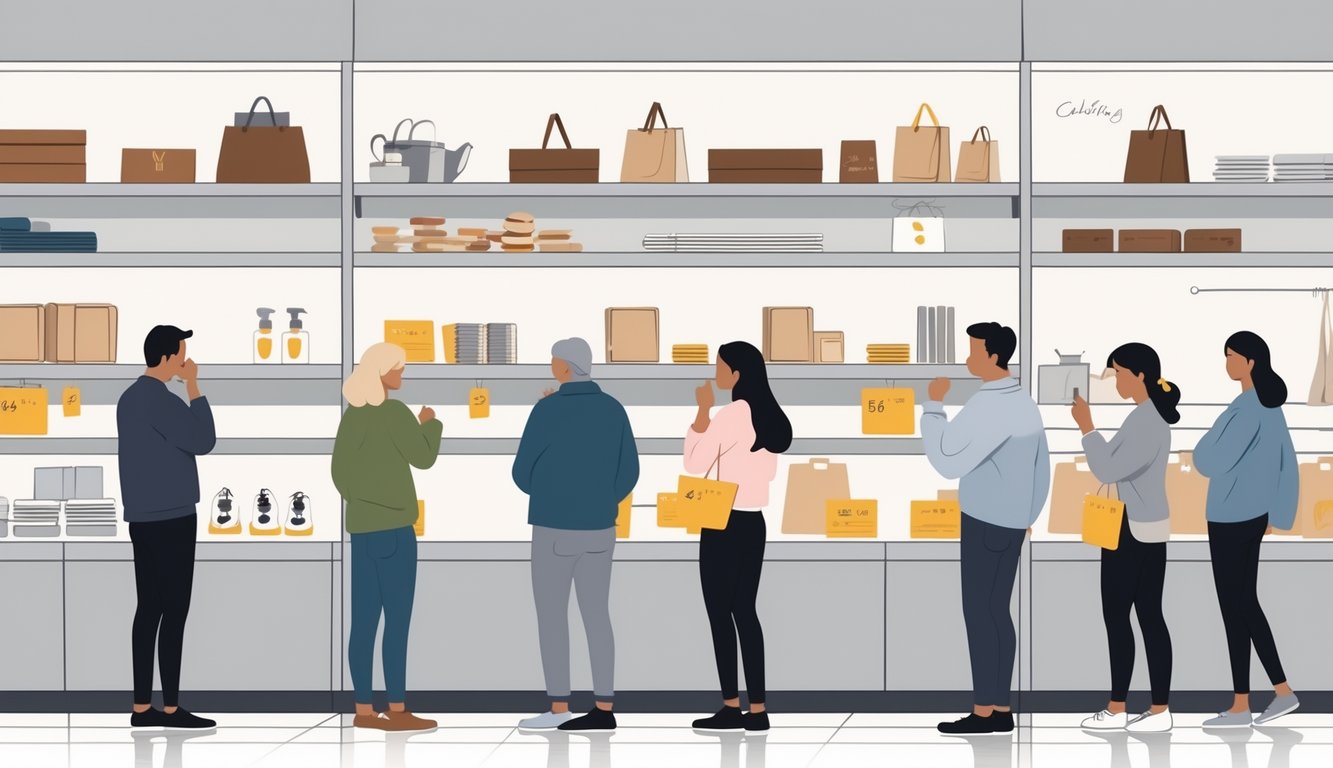
How Consumers Are Adapting to Fewer Choices

Switching breakfast cereals used to mean standing in the aisle forever. Now, half the options are gone—like Stew Leonard’s dropping from 49 to 24 cereals. Less choice means I pick faster, but honestly, shopping is less fun. People on fixed incomes feel shrinkflation, but the bigger hit is how much less satisfying and more expensive it feels to fill the pantry.
Shifts in Shopping Habits
Now I buy what’s there, not what I want. My friend’s family switched toothpaste brands because their old one just vanished. Lists get shorter, bills don’t. Best-sellers hog the shelf, and all the weird flavors disappear. Price hikes and limited runs push everyone (especially folks on retirement income) to stick with what’s left, even if it’s boring.
It’s not just food—lose specialty fabrics, lose classic clothes, and unless you’re rich, you’re stuck with plastic. I know a bunch of retirees who agonize over every purchase: What’s essential? What can wait? Is next month cheaper? Probably not. There’s no spreadsheet for this new normal.
Rise of Flea Markets and Secondhand Stores
Here’s the upside: flea markets. Every Saturday, the church parking lot is packed—old Pyrex, discontinued jeans, weird kitchen gadgets. I get why people love the hunt now. If big stores ditch the classics, some retired couple is selling them out of a van, right next to the guy with all the comic books. Tried secondhand to save cash and heard more grumbling about what’s missing from Target than about inflation.
One retired teacher told me she’s stretching her fixed income by shopping pop-up thrift markets instead of chains. Not nostalgia—just stubbornness. Why “upgrade” to junk when you can find the real thing used, even if it’s a mismatched plate or a typewriter ribbon from 1982? Why settle for less in the store when you might get lucky in the next town over?
Key Sectors Impacted: Clothing, Electronics, and More
I keep tripping over news about how the classics—the cotton tees, reliable sneakers, decent headphones—just evaporate. No “last chance” signs, no drama, just fewer and fewer choices every time I look. Prices up, shelves thin, nobody says “shortage.” It’s like musical chairs, but somehow the music never stops, and there’s always one less seat.
Changes in Clothing and Shoes Availability
So, half the stuff I used to see at my local shop? Poof. Gone. Cotton basics—T-shirts, socks, the regular stuff—just quietly disappearing. It’s not just “supply chain” or “inflation,” though everyone loves blaming those. You talk to shop owners who’ve been around forever, or just skim some sales numbers, and it’s obvious: fewer product lines, sizes missing, and way too many “seasonal” synthetic things nobody asked for.
Shoes? Same mess. Leather and anything remotely natural? Either way more expensive or just not there. Synthetics everywhere. Luxury sneakers weirdly stick around longer—why? No clue. But the everyday stuff? First to vanish. I noticed department stores spiking a bit in clothing sales (0.8% up, if you care), but it’s all online giants grabbing the scraps from people panic-buying whatever’s left.
Try finding a plain black hoodie from a brand you trusted last year. Now it’s some limp, weirdly shiny thing, and apparently nobody thinks you’ll notice. Supposedly there’s a “sustainable” shift, but nobody at the store could explain what that even means. Shoe widths? Everything’s just “medium” now. Like, hello, feet aren’t all the same shape.
Electronics Market Adjustments
Last year, I spent weeks hunting for a laptop under $900 without junkware. Total fail. Retailers now hide the good stuff—flagship phones, normal TVs, anything simple—way in the back or just quietly stop selling them. Tariffs, higher costs, whatever: electronics stores dropped 0.6% in sales. A friend in tech said “component churn” is the reason, which honestly sounds like a made-up excuse for why batteries die faster.
Bluetooth speakers, mid-range headphones? Slashed. Nobody’s dropping double the price for some brand you can’t pronounce. They keep saying it’s about “R&D savings,” but somehow the prices go up for products nobody wanted. If you just want simple—play music, cast a screen, done—you’re out of luck.
Online shopping? Meh. Supposedly digital shops grew 0.9%, but have you looked at those listings? Just weird off-brands or “new” models that cost more and lag harder. I swear I saw my old TV model once but maybe I was sleep-deprived and hallucinated the numbers.
Effects on Retirement and Financial Planning
I’m hunched over my calculator, squinting at budget spreadsheets while my favorite sweaters disappear. Are prices climbing this fast or am I just losing it? Picking the right retirement savings mix feels harder than figuring out why oat milk is suddenly $5 a carton.
Adapting a Retirement Plan to Rising Prices
Every January, I say I’ll update my retirement plan, and every time—boom—prices for basic stuff (even toothpaste, why?) jump and my math falls apart. So much for that “fixed budget” advice my uncle used to give. Costs don’t wait for my 401(k) to catch up, that’s for sure.
There’s some 2023 report that says planners use 2-3% inflation, but medical costs? Try 5-6% (here’s the link). Did anyone in my family plan for that? Nope. I tried budgeting with actual numbers, not vague averages, but who knows—my neighbor thinks cash under the mattress is safer anyway.
Social security sounded solid once, right? Now, everyone I know treats it as just one piece, not the whole pie (PMC article). I started treating every income stream—pensions, investments, even that random CD—as “maybe,” not “definitely.”
Utilizing Treasury Inflation-Protected Securities (TIPS)
I never cared about bonds, honestly. Then inflation smacked me in the face and I found myself googling Treasury Inflation-Protected Securities (TIPS) at 1 a.m. I bought some last spring, mostly because I was annoyed—if they rise with inflation, why not? What’s the catch? Still not sure.
The Treasury says TIPS interest gets adjusted twice a year based on the Consumer Price Index. If inflation jumps 4%, TIPS do too. I tossed a few in my IRA. They’re not as flashy as stocks, but at least my future budget feels less like a wild guess—even if groceries keep demanding more math.
Every expert keeps repeating this: add inflation-protected securities to your plan. It’s supposed to help with long-term anxiety. Nobody mentions the endless government forms or the lectures from my dad about “real bonds.” But hey, if my heating bill spikes again, maybe he’ll finally admit I was onto something.



